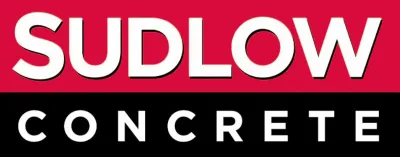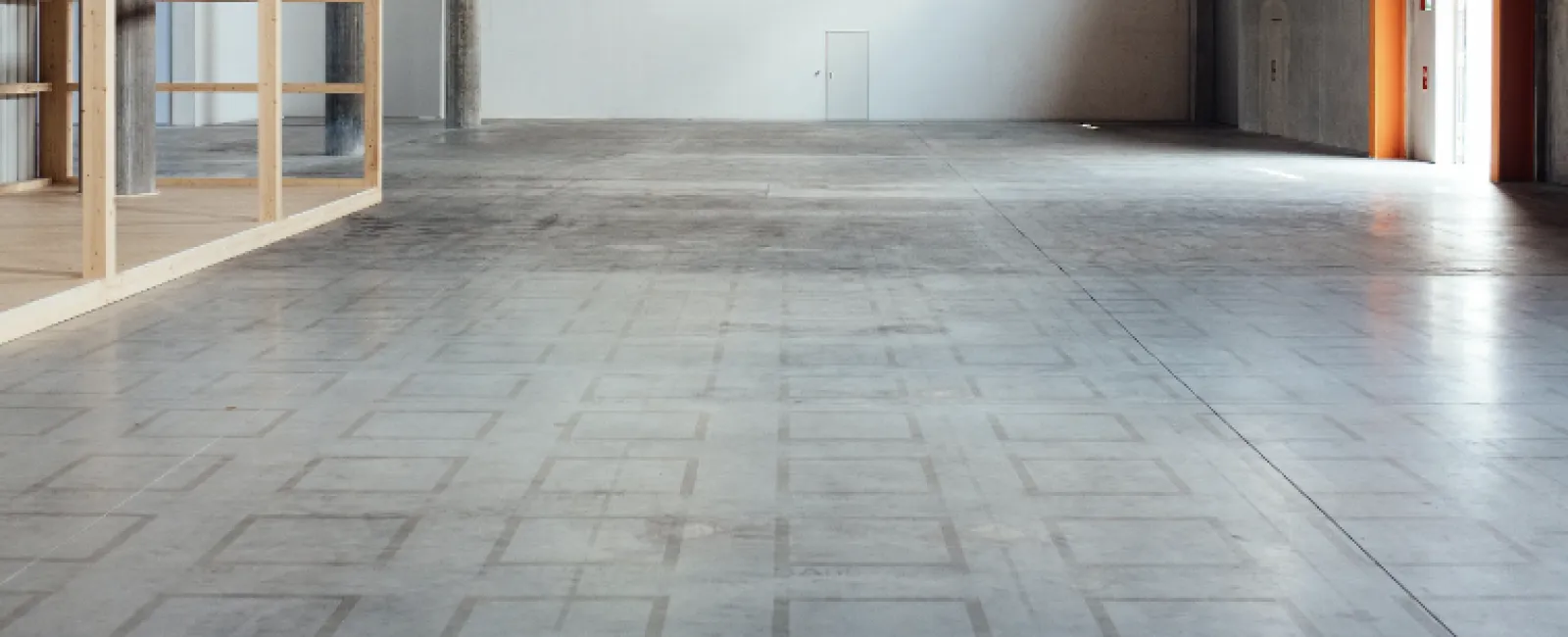Exploring Creative Patterns and Textures in Concrete Flooring
Concrete flooring has evolved beyond its traditional gray, utilitarian appearance and is now a versatile canvas for creative expression in residential spaces. With innovative techniques and a variety of finishing options, concrete floors can be transformed into stunning works of art. In this blog, we’ll explore the exciting world of creative patterns and textures in residential concrete flooring.
Patterns and Textures: The Essentials
Before diving into the creative possibilities, it’s essential to understand the fundamentals of patterns and textures in concrete flooring:
- Patterns: Patterns are repetitive designs or motifs that can be added to the concrete surface. They can mimic natural materials like wood, stone, or tile, or they can be entirely unique and abstract.
- Textures: Textures refer to the tactile quality of the concrete surface. They can be smooth, rough, or anywhere in between. Textures enhance the visual and sensory experience of the flooring.
Now, let’s explore some innovative ways to incorporate patterns and textures into your residential concrete floors:
1. Stamped Concrete
Stamped concrete is a popular method for adding patterns and textures to your floors. Using rubber or polyurethane stamps, concrete can be imprinted with designs that resemble brick, slate, cobblestone, or even intricate geometric patterns. Stamped concrete can be applied to interior and exterior surfaces, providing a durable and visually appealing finish.
2. Acid Staining
Acid staining is a chemical reaction that transforms the color and texture of concrete. This technique creates a marbled or mottled appearance, with rich, earthy tones that mimic the look of natural stone. Acid stains can be customized to achieve various colors and patterns, making each floor unique.
3. Polished Concrete
Polished concrete is known for its smooth, glossy surface, but it can also incorporate creative patterns and textures. During the polishing process, decorative aggregates, such as glass, shells, or colorful stones, can be added to create intricate designs or logos within the concrete. This approach adds depth and visual interest to the floor.
4. Exposed Aggregate
Exposed aggregate concrete involves revealing the natural texture and beauty of the aggregates within the concrete mix. After the surface is poured and partially cured, the top layer of cement is removed, exposing the aggregates. This technique offers a textured and visually appealing surface that can incorporate a variety of colored aggregates for added visual interest.
5. Engraved Concrete
Engraving allows for precise customization of concrete floors. Intricate designs, logos, or even inspirational quotes can be engraved into the concrete surface. Engraving can be done either during the initial pour or on an existing concrete floor. It’s an excellent way to add a personal touch to your residential space.
6. Terrazzo Flooring
Terrazzo is a classic flooring option that combines concrete with decorative aggregates like marble, glass, or granite chips. The result is a stunning mosaic-like surface with a unique blend of patterns and textures. Terrazzo offers a timeless and elegant look for residential interiors.
Conclusion
Residential concrete flooring is no longer limited to plain gray slabs. Creative patterns and textures can transform your floors into works of art that reflect your personal style and enhance the overall aesthetics of your home. Whether you choose stamped concrete, acid staining, polished concrete, exposed aggregate, engraving, or terrazzo, the possibilities are endless. Consult with a professional concrete contractor or designer to explore the best options for achieving your desired look and feel in your residential concrete flooring project.

